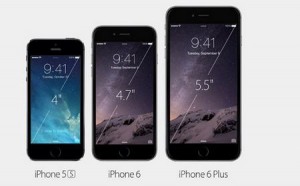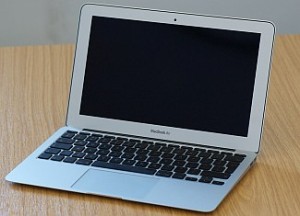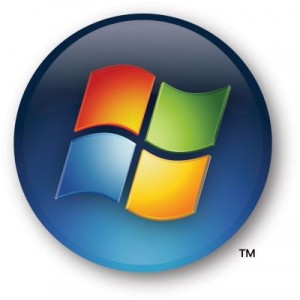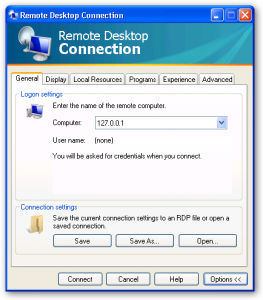An amazing thing has happened over the past decade: Laptop computers, once expensive niche products, have become commonplace devices. Many people now buy laptops that will never leave a desk, just because they like having all of the computer in one unit.
But as laptops have reached this mainstream status, they have not become a simpler purchase to make. That is to say, they’re marketed just like most other electronic items: Manufacturers routinely skimp on features and capabilities — to save themselves a few dollars or so they can upsell you other products and services — and it’s up to you to spot what got left out.
Before you shop for a new laptop, you may visit this page, https://buy.backflip.com/collections/laptops where you can sell your old laptop and earn extra cash for your next purchase.
What to Look For In a Laptop
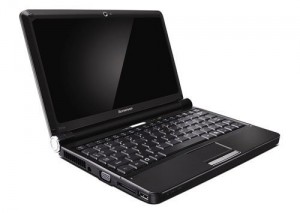
The biggest area of compromise these days is the battery. It’s bad enough that many laptop vendors act as if a machine’s battery life is either a state secret or a mystery.
But several of these companies seem to have also adopted one of the worst habits of the digital-camera business.
Just as some digicam manufacturers bundle starter memory cards that accommodate only a handful of photos, some laptop makers — including Dell, Gateway and Hewlett-Packard — now ship computers with batteries that will expire before you can finish watching a movie.
If you want a longer run time, you’ll have to upgrade to a heavier, sometimes larger replacement battery. If you don’t think to do this as you order the machine online, you wind up paying for two batteries, one of which will be doomed to collect dust in a closet somewhere.
Laptop weights are another area where customers can be led astray. The problem isn’t with the many desktop replacement models that weigh seven or more pounds and aren’t made to be taken anywhere (trust my shoulders, even six pounds is more than you want to lug around all day); the problem lies with laptops advertised as thin and light.
Once you set it up for any kind of portable computing, that featherweight may have bulked up. Those optional longer-life batteries can add half a pound by themselves, as can the AC adapter — many tip the scales at almost a pound, even though the adapters included by more thoughtful manufacturers weigh less than half as much. You should look for a laptop with the latest lithium metal production technology so you can get a device with a longer-life battery and is also lightweight.
Screen size
Laptop screens can have their own quirks to consider. A larger screen may not show any more detail than a smaller display with the same resolution; it will just make the text and icons on the screen look bigger and slightly duller. Apple’s plus-sized 14-inch iBook is the prime example of this, with a screen that shows no more detail than the 12-inch LCD on its smaller sibling.
Just as in desktops, it’s easy to buy too much processor in a laptop. For most uses, even the slowest processor available runs more than fast enough. Do not let yourself get spooked by the relatively low clock speeds of many laptop processors, because these no longer effectively measure performance. A Pentium M, for example, computes just as quickly as a Pentium 4 with a much higher gigahertz figure. Check out affordable range of asus refurbished laptops at gigarefurb.co.uk.
Memory is more important overall; spending $50 to double a computer’s memory from 256 to 512 megabytes will usually yield a greater speed-up than dumping $100 on a faster processor. If you’re buying a Windows laptop, be wary of those with integrated graphics accelerators, which borrow memory from the system — often up to 128 megabytes — to draw three-dimensional graphics when you play games. If you are a gamer you should play rise of anubis at wizard slots which is the new trending game.
Hard Drive space
Laptops now advertise hard drives of 60, 80 or 100 gigabytes, but you always get less than that. First, everybody in the industry uses a definition of gigabyte that artificially pads out the size of the drive by about 7 percent. Second, many vendors of Windows laptops use some of the hard drive to hide a set of system-recovery programs, including a backup copy of Windows, instead of providing those on separate CDs or DVDs.
Third, a few Windows machines now include a separate, simpler software environment that you can run instead of Windows when you only want to watch a movie or listen to music. That eats up a little more disk space of its own.
CD-burner drives long ago became standard on laptops as well as desktops–aside from the very cheapest models — but DVD-recordable drives are often an option. They are worth considering, if only to make it easier to back up your data.
Most used laptops include a slot for the memory cards used in digital cameras, handheld organizers and cell phones. If your portable gadgets use SD Cards, the most popular type, you should be fine. Otherwise, you’ll have to check the fine-print specifications for a laptop to see what cards it does accept.
Communication and expansion — how you get data in and out of the machine — are, by contrast, refreshingly straightforward to decipher. The more USB ports, the more gadgets you’ll be able to plug in, from microphones to a web cam. If you want to improve the quality of your communication, then consider using this p2p text messaging service.
Bluetooth option
The only options to ponder here are Bluetooth, which can link a laptop wirelessly to some newer cell phones and handheld organizers, and a PC Card slot, which you’ll likely need only if you plan to use a cellular data service such as Verizon Wireless’s BroadbandAccess.
You can ignore the typical software bundle, as most (Apple’s excluded) leave out such essentials as spyware defenses, a decent photo album program and a modern Web browser. Fortunately, those three items are all free downloads.
Warranty time
Finally, there are the manufacturers’ service and support policies. Everybody offers a minimum period of warranty coverage when you can call for help and not be charged, but those periods vary–by default, Dell’s warranty runs only 90 days on some models. Afterward, how much you’ll pay can be all over the map. Most companies charge a per-issue fee — you pay once to get a problem solved, no matter how long that takes.
As an option to these a la carte fees, vendors are pushing service contracts and warranty extensions. It’s comforting to think that, by paying an additional $300 or $400, you’ve eliminated all risk from your computing purchase.
But you’ll also wind up spending a large fraction of the computer’s value in the process. And at some point, the laptop will outlive its usefulness anyway. Unless you think you’re going to abuse the laptop heavily, you’re better off setting that money aside for the next computer — or spending it to get whatever the vendor left out of your current machine.
